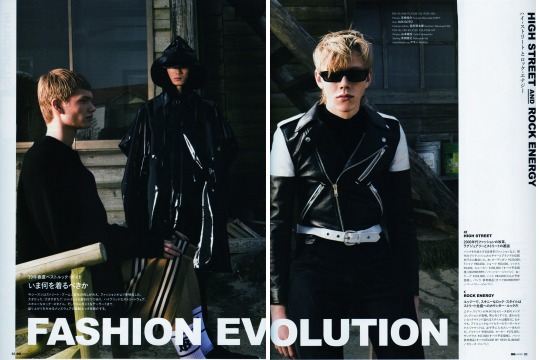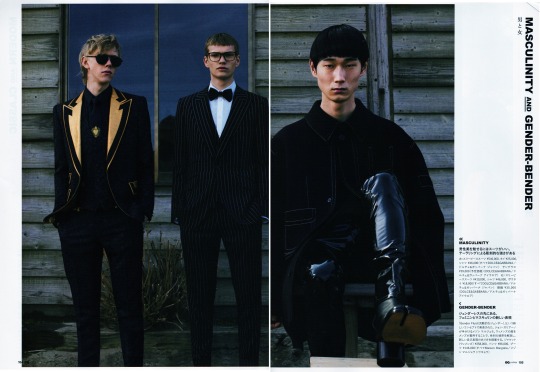#Vol 188
Text

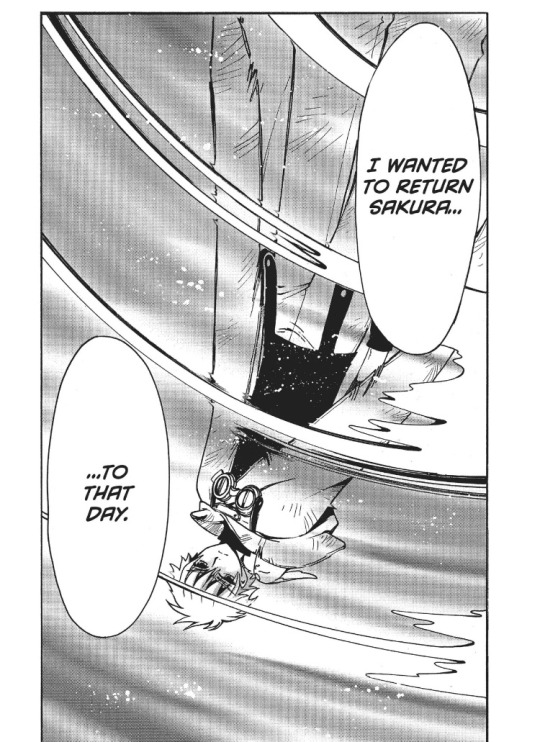
[7]
OK LAVA LAMP LET’S SIT DOWN FOR A MOMENT
YOU TURNED BACK TIME??
I’m sure we will get more about this next week but WHAT DO YOU MEAN?
DID YOU TRAVEL BACK IN TIME BY YOURSELF, INTO YOUR OWN TIMELINE, OR DID YOU SOMEHOW PAY ENOUGH TO REWIND THE ACTUAL TIMELINE ITSELF TO THE POINT WHERE YOU WERE ABOUT TO TURN SEVEN?????
WHAT WOULD EVEN BE ENOUGH TO PAY FOR THAT?
I’m reeling what does this even mean. Is ALL OF THIS just Round Two of the plotline? Did Lava Lamp and Sakura just grow up happily in Clow until they got to [insert age here] before he turned back time to start it all again?
Or did Evil Wolverine’s influence happen that time too, and he ALSO went on a journey to save Sakura and this is actually the second time it’s all happened?
And what is it exactly that Lava Lamp is trying to prevent? What happens to Sakura that he rewinds time all the way back? It would definitely line up with Evil Wolverine’s timing, but it might not necessarily be that.
What was he supposed to have figured out here, at this point in the timeline, like he mentioned before? And did he mean when he was genuinely 6 years old or when he was 6 years old the second time and so secretly not 6 years old at all?
Did 2nd Time Around 6 Year Old Lava Lamp KNOW something about the plot that he could have figured out here, with context? And he laments not putting the pieces together?
LAVA LAMP I THOUGHT I WAS SO CLOSE TO ACTUALLY UNDERSTANDING YOU AS A CHARACTER AND NOT ONLY WAS I WAY OFF BUT NOW I GENUINELY HAVE NO IDEA WHAT’S EVEN HAPPENING
THANKS.
#WHAT#W H A T#LAVA LAMP YOU CAN’T JUST-#Actually it appears you actually can just#Oh boy#I will genuinely draw a timeline map if I have to#Liveblogging the Reservoir Chronicle#Vol 188#Tsubasa#Sakura#Lava Lamp Guy#And Time Travel#Do we think Evil Wolverine HAPPENED in that original timeline#So Lava Lamp turned it back#Only for Evil Wolverine to start messing with dimensions?#Or was that always his game?#And IS Lava Lamp's Sakura still around?#Or was she also rewinded by the timeline?#Meaning she kind of doesn't exist?#HMMMMM
65 notes
·
View notes
Photo
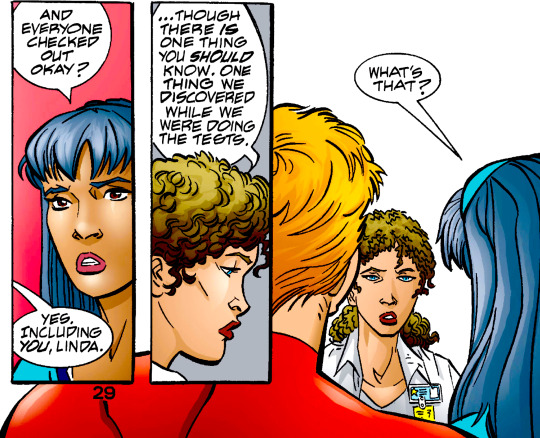

they said ( ゜○ ゜)
#wallylinda#linda park#wally west#dc comics#flashfam#linda park west#parkwest#flash#TF vol 2#dc#issue 188
285 notes
·
View notes
Text
the yotd art exhibition has me acting UNWISE on ebay dot com…………
#luckily (for my bank account) most of the stuff’s way way WAY too expensive for me#but i can and do sniff out any reasonably priced listings :3#i’d give anything for this one keychain set tho…..except the $188 it’s going for bc that’s deranged#u wave the vol 42 cover art in front of MY face and then u slap me with that insane price?? evil. EVIL!!!!!!!!!
4 notes
·
View notes
Text

*dying ColdFlash shipper noises*
28 notes
·
View notes
Text

ロッキング・オン・ジャパン 2000年6月号 VOL.188
ロッキング・オン
表紙=BLANKEY JET CITY
#ロッキング・オン・ジャパン 2000年6月号 VOL.188#ロッキング・オン・ジャパン 2000年6月号#ROCKIN’ON JAPAN#ロッキング・オン・ジャパン#blankey jet city#ブランキー・ジェット・シティ#anamon#古本屋あなもん#あなもん#book cover
3 notes
·
View notes
Text

“Crazy Runs in the Family: Part 2,” Moon Knight (Vol. 8/2016), #189.
Writer: Max Bemis; Penciler and Inker: Jacen Burrows; Inker: Guillermo Ortego; Colorist: Mat Lopes; Letterer: Cory Petit
#Marvel#Marvel comics#Marvel 616#Moon Knight vol. 8#Moon Knight 2016#Moon Knight comics#Moon Knight#Marc Spector#let’s get this bread#a’ight let’s dive right into the Bemis run#fun fact: the official Marvel wiki doesn’t even list Marc as appearing in the previous issue (188)#something I just thought was interesting#also#Marc your boxing career is showing
1 note
·
View note
Text
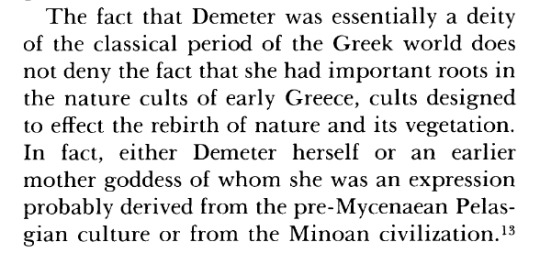


Isis and Demeter: Symbols of Divine Motherhood
Author: Vincent Arieh Tobin
Source: Journal of the American Research Center in Egypt, Vol. 28 (1991), pp. 188-89, link
#i love demeter sm#demeter#demeter worship#persephone#persephone worship#demeter deity#hellenic polytheism#helpol#hellenic reconstrunctionism#still reading this paper so the verdicts still out. still - interesting argument I thought to share#never heard of this comparison before but maybe worth looking into
166 notes
·
View notes
Text
I've been going through my collection of old (pre-2016 for the most part) academic papers on BL and thought, hey, why not re-read some of them and sum them up so folks can see whether they want to check them out in full?
Today's offering:
Beautiful, Borrowed, and Bent: “Boys’ Love” as Girls’ Love in Shōjo Manga by James Welker, originally presented at the Third International Convention of Asia Scholars, August 19–22, 2003, Singapore, and published in Signs, Vol. 31, No. 3, New Feminist Theories of Visual Culture (Spring 2006), pp. 841-870, UChicago Press. [Jstor]
Welker starts off with a brief explanation of what the BL genre is, what terminology he uses ("BL" as an umbrella term that includes the earlier names of tanbi, shōnen ai, yaoi, and the long-form 'boys' love'):
“Boys’ love” manga emerged as a subgenre of shōjo manga (girls’ comics) around 1970 just as women artists were taking over the shōjo market.(*) It quickly became among the most popular shōjo manga genres, and its creators became some of the best-loved artists in the industry.
(* First published in the monthly Bessatsu shōjo komikku in December 1970, Keiko Takemiya’s “In the Sunroom” (Sanrūmu nite [1970] 1976) was probably the first boys’ love narrative. See Aoyama 1988, 188.)
- Welker 2006:841
He goes on to challenge the common perception of BL as a genre "by straight women for straight women":
[T]he genre is widely considered to offer a liberatory sphere within which presumably heteronormative readers can experiment with romance and sexuality through identification with the beautiful boy characters. […] Members of the Japanese lesbian community have, however, pointed to boys’ love and other gender-bending manga as strong influences on them in their formative years […]
Clearly boys’ love manga can be viewed through a different lens from that which most critics and scholars have been using, and hence the full potential of boys’ love is largely overlooked: that of liberating readers not just from patriarchy but from gender dualism and heteronormativity.
- Welker 2006:842-843
He introduces the texts he will analyse (Takemiya Keiko's Song of Wind and Trees 風と木の詩 kaze to ki no uta, 1976-1984 and Hagio Motō's Heart of Thomas トーマの心臓 tōma no shinzō, 1974), and concludes the essay's intro section as follows:
This reading will employ lesbian critical theory, visual theory, and reader responses to these and similar texts to show how 1970s boys’ love manga is not merely queer on its surface but how it opened up space for some readers to experiment with marginalized gender and sexual practices and played a role in identity formation.
- Welker 2006:843
Welker goes into the questions of applicability of theories that weren't originally developed for this specific context – visual theories were largely developed through film analysis; European and North American models of gender and feminist theory, while also having informed academic discourse in Japan, in their origin operate on culturally specific assumptions and need to be applied with care.
He talks about the tradition of androgynous and cross-dressing heroines of early shōjo manga and their connection to the earliest BL manga, the dilemma of the "beautiful boy" characters' gender and sex and how to read these – are they boys? idealised self-images of girls drawn onto boys' bodies? neither male nor female? sexless altogether?, and the way Japanese readers in the 1970s, already culturally familiar with gender performance through kabuki or the all-female Takarazuka Revue and similar troupes, received the gender-bending nature of BL stories. He also comments on the role fan interaction via magazines, and the way readers were learning about queer life in Japan:
By the early to mid-1980s, the magazines’ readers were learning in real terms about the world of Shinjuku ni-chōme, Tokyo’s well-known gay district, described as a world full of “beautiful boys like those in the world of shōjo manga” (Aran 1983, 15), as well as various aspects of lesbian life in Japan (Gekkō 1985). In spite of the connections drawn on the pages of these magazines, the possibility that these narratives might be seen to actually depict homosexuality remains broadly denied. To allow that the narratives might truly be about homosexuality—between these girls-cum-beautiful boys—would be an apparently unthinkable invitation to read the narratives as lesbian.
- Welker 2006:857
Welker briefly explores how the example texts of Song of Wind and Trees and Heart of Thomas "serve many of the functions lesbian critics and theorists have outlined as roles of lesbian texts" (Welker 2006:858), then goes on to analyse the flower imagery of roses and lilies that is very prevalent in both titles, the intertextuality of these stories with European and French literature (and how the readers were expected to catch on to this intertextuality). On the transgressive and queering nature of writing and reading BL, he says:
[T]hrough acculturation to gender performance in Takarazuka and kabuki and by such cross-dressing manga icons as Sapphire and Oscar, as well as the deliberate ambiguity of the beautiful boy, the reader is encouraged to see not just a girl but herself within the world of boys’ love and, ultimately, is encouraged to explore homoerotic desire, either as a beautiful boy or as herself, either alone or with others, either as her fantasy or as her reality. […] Regardless of whether boys’ love manga were created merely to offer heterosexual readers a temporary respite from patriarchal restrictions on their desire, some readers found in identifying with the beautiful boy a way through the looking glass to a world outside the patriarchy. And regardless of whether he is read as a boy or a girl, the beautiful boy can be read as a lesbian. […] For readers whose experience of sexuality and gender contravenes heteronormativity, works like Song and Thomas offer narrative safe havens where they can experiment with identity, find affirmation, and develop the strength necessary to find others like themselves and a sense of belonging.
- Welker 2006:865-866
I've been out of academia so long that I've lost any sense of what a good proportion of direct quotes to original text is, or whether it's even appropriate to quote as much as I did here. This is emphatically NOT an academic article in and of itself -- I'm posting on bloody tumblr. If anyone wants to add to this, I'll be thrilled.
One of the most commonly voiced criticisms of BL is that it's about, but not (or did not in significant part used to be) by or for gay men. This article does not address this point further—Welker does go into this in his more recent articles, iirc; if you've got beef with this aspect, @ him not me. I do however think it's worth noting that this 17-year-old article already recognises that the genre is queer, and has been since its inception.
#bl academia#bl theory#james welker#bl history#yeeting this into the void now#reading academic papers for fun not profit#my nonsense#watch me find errors or typos the minute I've hit post
108 notes
·
View notes
Text
“Lines to ⸻.” also known as “Sonnet to Byron” written by Percy Shelley (1821, fair-copied in 1822) and published posthumously. Shelley had threatened to give up writing due to his lack of success. Byron’s fame and Shelley’s great admiration for his recent works often frustrated Shelley and worsened his depression, despite Byron generally encouraging him. In an early draft below, Shelley began with the line “I am afraid these verses will not please you, but” before seemingly drawing over it with trees.


“If I esteemed you less, Envy would kill
Pleasure, and leave to Wonder and Despair
The ministration of the thoughts that fill
My mind, which, like a worm whose life may share
A portion of the unapproachable,
Marks your creations rise as fast and fair
As perfect worlds at the creator’s will,
And bows itself before the godhead there.
But such is my regard, that, nor your fame
Cast on the present by the coming hour
Nor your well-worn prosperity and power
Move one regret for his unhonoured name
Who dares these words. — the worm beneath the sod
May lift itself in worship to the God.”
The fair-copy was made about six months before Shelley, Edward Williams, and their boatman Charles Vivien all died in a sailing wreck during a storm while returning from visiting Lord Byron and Leigh Hunt. Thomas Medwin said that Byron never saw the poem, and it’s likely, given that it was never shared or published until long after Byron died (about two years after Shelley).
Sources: Percy’s handwritten draft from the Digital Bodleian Library, MS. Shelley adds. e. 17 p. 94 https://digital.bodleian.ox.ac.uk/objects/0f0cba27-6264-4c4e-8b03-3a83c700c1f5/surfaces/1d16ddc7-3cf9-4c96-b435-36f2077168d1/ - Percy’s handwritten fair copy from the British Library Digitized Manuscripts Collection, Zweig MS 188 https://www.bl.uk/manuscripts/FullDisplay.aspx?ref=Zweig_MS_188&index=16 - Transcriptions from The Manuscripts of the Young Romantics: Percy Shelley, vol. 8 (Garland, 1997) https://archive.org/details/faircopymanuscri0008shel/page/249/mode/1up?q=Sonnet+
#im just fascinated by the odd dynamics of their social group#my favorite depressed & insecure writers#he literally called byron a god and himself a worm#oddly enough this is not the first time shelley calls himself a worm compared to byron - see: ‘the sun has extinguished the glow worm’#poetry#english literature#literature#percy shelley#lord byron#the romantics#romanticism#dark academia#writing#history#1800s#poems#romantics#bookblr#reading#english#lit#geneva squad#the geneva squad#books#poets#regency#19th century#english studyblr#english poetry#romantic poets
101 notes
·
View notes
Text

[6]
It’s been a while (years?) since this the last world where he could do this but I absolutely adore when Fai comes out and says all the detailed observations about the location outloud. THANK YOU FAI I LOVE IT.
I'm also THRILLED that Yukito is back in the narrative, if only in reference. Yet another tie back to the beginning of the manga and a reason to remember everything that happened in Chapter 1 to prepare for whatever follows this moment.
Though it’s interesting that Sakura was being prepared to take over the position of High Priest, considering Yukito knew she wasn’t really going to be available for that, and presumably so did Clow. Did Yukito just go along with it so that Sakura didn’t know what her future would be like? Or is there still some time shenanigans in play here and this is from an alternate place in time where they DIDN’T know about Sakura’s tragic fate?
We just don’t know!
(just kidding it’s only me)

MOKONA CRACKED THE CASE!
Our little detective trying so hard to contribute to the plot HAS DONE IT! She asked the question that unlocked the backstory. I’m so proud.
And the DARKNESS in that panel when Lava Lamp says Always! The tragedy! The drama! OOH I love it.
However the possibility of further timeline shenanigans are swinging right around back to 100% oh dear god here we go
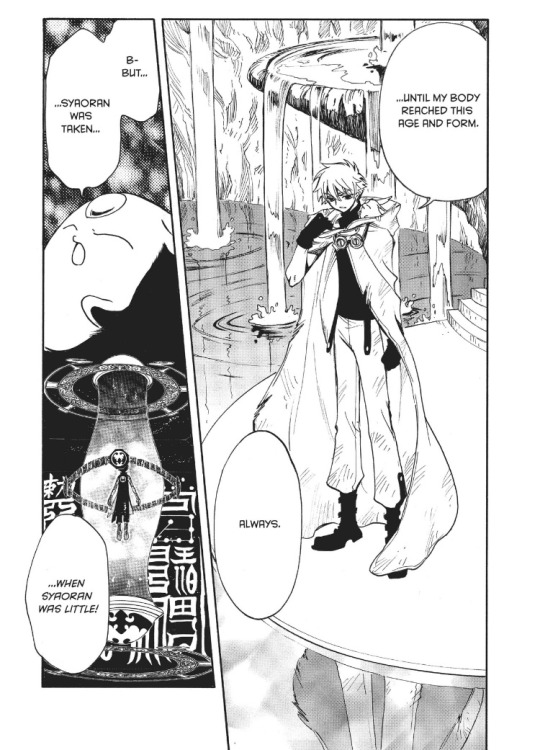
OH GOD EVERYONE HOLD ON TO SOMETHING WE’RE PLUNGING OFF THE CLIFF INTO OUR DOOM HERE WE GO
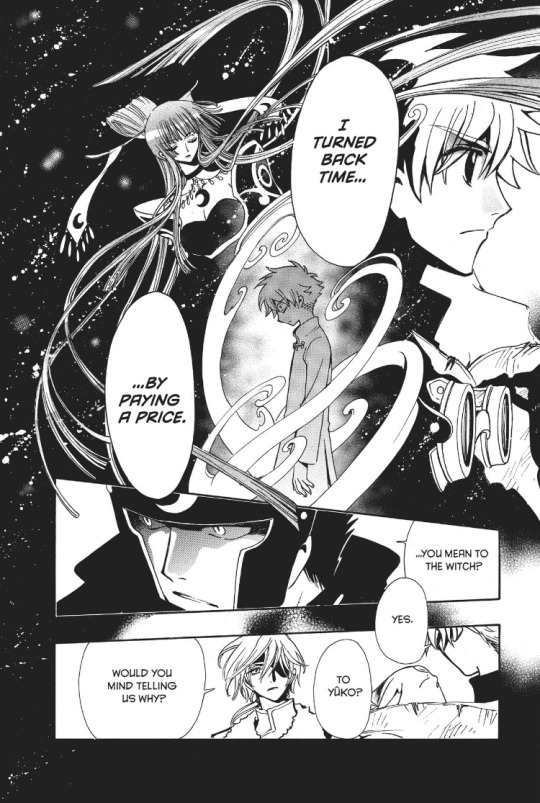

AHHHHH GOD DAMNIT
NOW HOW AM I SUPPOSED TO KEEP TRACK OF A SINGLE THING THAT HAS EVER HAPPENED?
#PLEASE HOLD#PLOTLINE PROCESSING#Liveblogging the Reservoir Chronicle#Vol 188#Tsubasa#Lava Lamp Guy#Sakura#Sakura 1 or Sakura 2? Sakura 0?#Mokona#Kurogane#Fai#And TIME TRAVEL#Ok ok ok ok ok okokokokokok#Okkkkkkkkkkkkkkkkkkkkkkkkkkkk
62 notes
·
View notes
Text
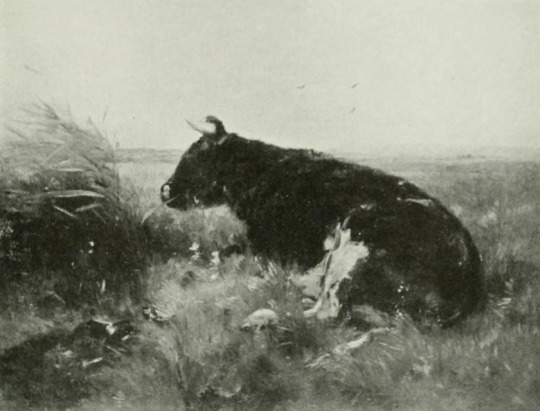
Cow Resting. William Maris.
From The International Studio: An Illustrated Magazine of Fine & Applied Art. Vol. 47. No. 185-188. 1912.
Internet Archive
182 notes
·
View notes
Photo

💕 Sparklecare Update 💕
VOL 3: Pages 188-190 🌈 Click here to read!
✨ Support us on Patreon!
✨ Updates Mondays & Thursdays
#sparklecare#comic#v3#sorry this is so late#i was busy yesterday setting up stuff cuz we have two new crew members#but anyways! next update is gonna be AMAZING just trust me
114 notes
·
View notes
Text
I find it adorable that Hawks's fans believe he can't cook 'cause he has almost no free time at all, it's logical, and sad.
But I think he's (very?) good at cooking at least meat dishes (cue feral Hawks). That's what I've always thought reading these panels (vol.20, ch.188).
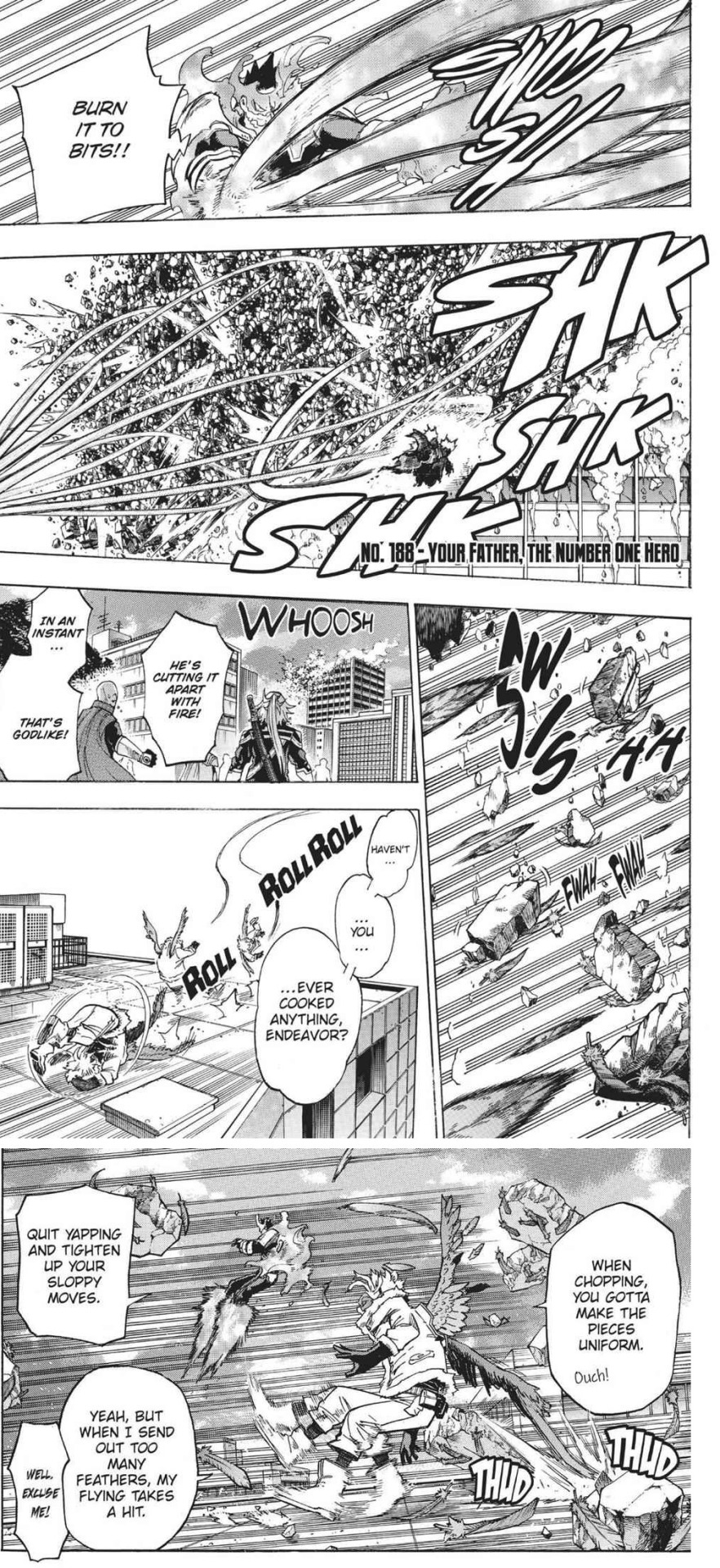
Why would he use a cooking metaphore if he was so bad at it?
No, this man's got cooking skills, I'm telling you.
#hawks#keigo takami#mha hawks#bnha hawks#fierce wings#winged hero hawks#mha#my hero academia#bnha#boku no hero academia#character analysis#hawks headcanons
205 notes
·
View notes
Text
“The early Church also institutionalized the care of widows and orphans and saw after the needs of the sick, especially during epidemics. During the pestilences that struck Carthage and Alexandria, the Christians earned respect and admiration for the bravery with which they consoled the dying and buried the dead, at a time when the pagans abandoned even their friends to their terrible fate."1 In the North African city of Carthage, the third-century bishop and Church father Saint Cyprian rebuked the pagan population for not helping victims of the plague, preferring instead to plunder them: "No compassion is shown by you to the sick, only covetousness and plunder open their jaws over the dead; they who are too fearful for the work of mercy, are bold for guilty profits. They who shun to bury the dead, are greedy for what they have left behind them." Saint Cyprian summoned followers of Christ to action, calling on them to nurse the sick and bury the dead. Recall that this was still the age of intermittent persecution of Christians, so the great bishop was asking his followers to help the very people who had at times persecuted them. But, he said, "If we only do good to those who do good to us, what do we more than the heathens and publicans? If we are the children of God, who makes His sun to shine upon good and bad, and sends rain on the just and the unjust, let us prove it by our acts, by blessing those who curse us, and doing good to those who persecute us.”2”
- Thomas E. Woods Jr., Ph.D., “How Catholic Charity Changed the World,” How the Catholic Church Built Western Civilization
—
1. Lecky, History of European Morals From Augustus to Charlemagne, vol. 1 (New York: D. Appleton and Company, 1870), 87; Baluffi, The Charity of the Church, trans. Denis Gargan (Dublin: M. H. Gill and Son, 1885), 14-15; Schmidt, Social Results of Early Christianity, 328.
2. Gerhard Uhlhorn, Christian Charity in the Ancient Church (New York: Charles Scribner's Sons, 1883), 187-188.
18 notes
·
View notes
